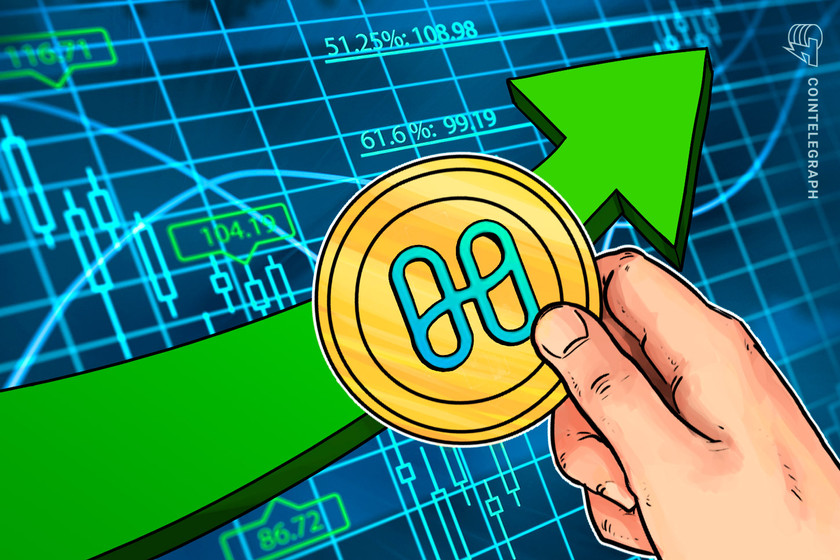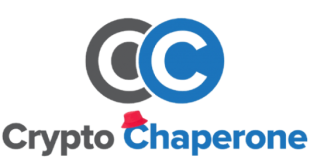Harmony (ONE) gains 230% after Ethereum network integration

Harmony price surged in February after adding a trustless Ethereum bridge to avoid high gas fees.
Since the start of February, Harmony (ONE) has rallied by 230% and while the proof-of-stake smart contract platform benefited from Ethereum’s skyrocketing gas fees, the recent meteoric rise appears to be driven by more fundamental factors.

Although other scaling-focused solutions such as Cosmos (ATOM), Solana (SOL), NEAR, and OMG also rallied during the same time period, Harmony’s performance stands out.
Harmony is a sharding protocol with a trustless Ethereum bridge that separates the chain into segments that process transactions and store data in parallel. It’s considered a layer-2 solution as it splits both the nodes and blockchain states into shards. This means the network can scale linearly.
Each shard has 250 nodes to guarantee cryptographic randomness and by using a Practical Byzantine Fault Tolerance consensus, the network maintains low transaction fees and single block final confirmation.
Harmony’s mainnet went live in June 2019 and currently, it offers staking and delegation mechanisms. Annual issuance is capped at 3%, while transaction fees are burnt to achieve near-zero inflation as network usage increases.
Compared to its competitors, Harmony is still in a fledgling stage as its market capitalization stands at $250 million. This pales in comparison with Cosmos, Solana and NEAR Protocol which have respective market caps at $5 billion, $2.2 billion and $1.26 billion.
Although its market cap may be small, Harmony already has 640 community-run nodes and this is a strong indication that adoption is taking place. While some competitors struggle to develop functional decentralized finance (DeFi) applications, Harmony already has more than three in place.
Among these are a cross-asset DEX, UnifyProtocol, and a portfolio balance DApp called SeeSwap. Harmony also supports a DApp-based prediction market called SeeMarket, and LMA, which is a non-fungible token art gallery.

Considering the staggering DEX volume growth, which surpassed $14 billion, there seems to be enough room for scaling solutions capable of handling DeFi trades.
Ethereum compatibility created more upside
On Feb. 4, Harmony announced full Ethereum compatibility after the developers were able to port their ether.js or web3.js applications to Harmony. As this occurred, Metamask also became available for asset transactions on Harmony.
On Feb. 5, Blits Labs announced a mainnet beta version of a cross-chain lending marketplace between Harmony and Ethereum. The protocol allows users to collateralize their Ether to take out a loan on Harmony.
On Feb. 11, Harmony announced a partnership with API3 to natively integrate decentralized API or dAPI. This is expected to provide reliable, transparent, and decentralized data.
Further success hinges on Harmony’s ambitious roadmap
Harmony’s roadmap includes asset-bridging with the Bitcoin network and cross-chain communication. Decentralization is another area that remains underdeveloped, as external validators need to gain relevance.
As for network security, plans include re-sharding for single-shard attack prevention and Harmony plans to add “Fast Sync” capabilities to improve network performance.
While the roadmap is rather ambitious, there seem to be strong prospects for the project judging by the recent deliveries and the ecosystem’s accelerated growth.
The views and opinions expressed here are solely those of the author and do not necessarily reflect the views of Cointelegraph. Every investment and trading move involves risk. You should conduct your own research when making a decision.



